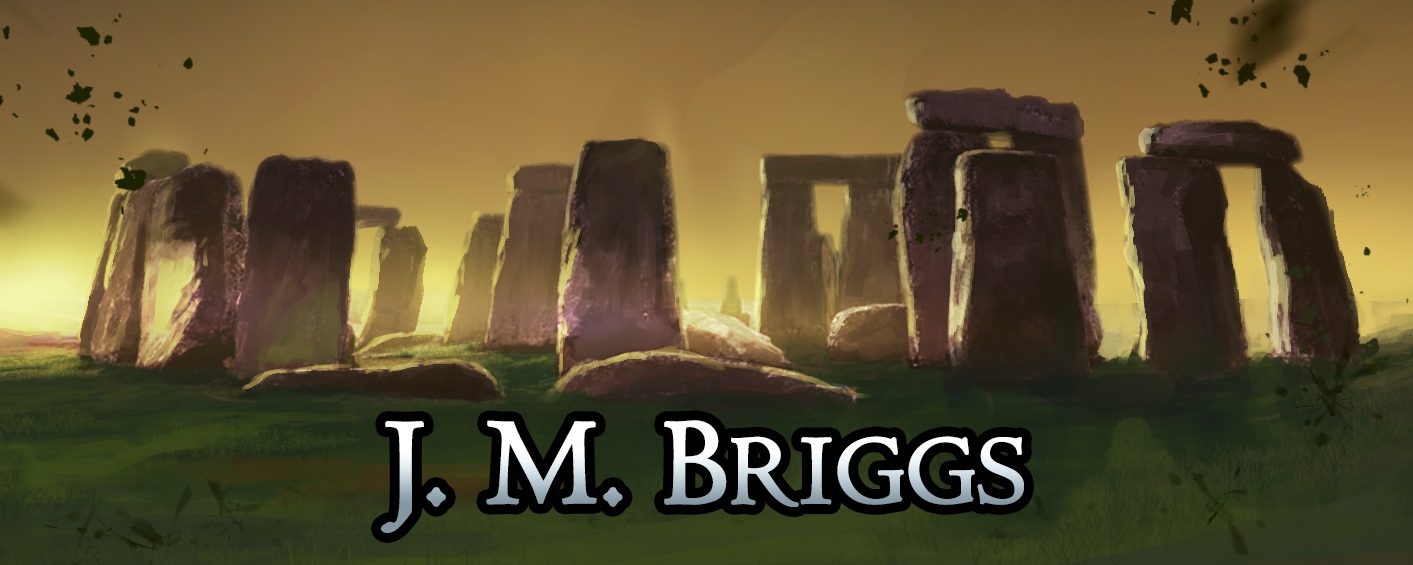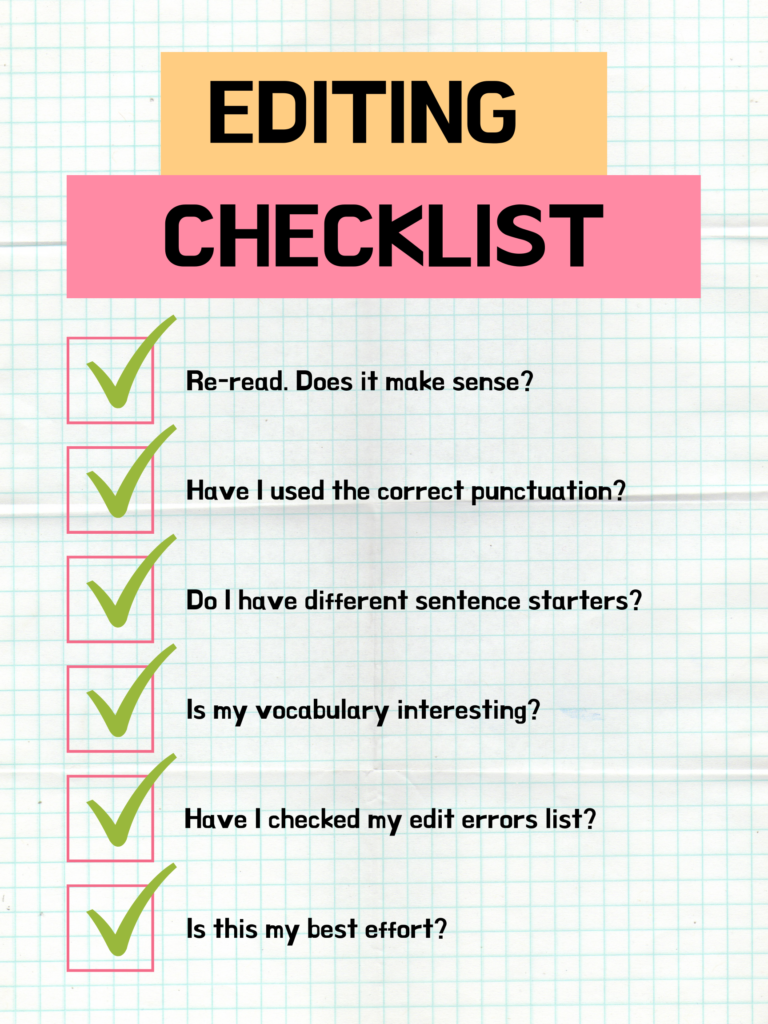Writing is hard. Most writers I’ve met would agree with that statement, but we do it because we love it. Copy editing, though… copy editing is worse. It is more than hard. It is torture and time-consuming and gives your inner critic another chance to rob you of any confidence you have regarding your writing. Copy editing is something that you can have great confidence in and still trip at the finish line.
When I first began self-publishing, I understood that editing was an important step, but I wasn’t very good at it and didn’t have a system in place. As a result, I’ve had some pretty major errors linger in the final draft and even suffered the horror of discovering that an editor’s note had been left in the first print of The Iron Chalice. That mistake is in the Library of Congress and I’ve reached the point where I laugh about it. Usually.
So, I wanted to share some of the editing tips I have learned and am using as I work on the copy edit of my latest book, The Iron Crown. I’m half done with the current edit phase, and if I can spare you some of the drama of my early editing days, then the time I spend writing this will be well worth it. After all, it isn’t like I’m doing this so I can postpone the two chapters I’m editing today a little longer…
- Put a book aside before editing it. Really, I mean it. If you can, put the book you just wrote to the side for a year and then come back to it. This gives your mind a chance to forget a little about every word choice you made while writing the book and grants you fresh eyes when reviewing it.
- Read aloud. Take a chapter and read every word out loud so that you can hear how it sounds and find places where the sentences are too long, or words are repeated too often. I didn’t start doing this until mid-way through The Iron Soul series despite hearing from people that I should. They were right, and I was wrong, thinking that I would still find the errors just reading silently with a red pen in hand. Learn from my mistake and do it. This method takes longer than reading normally, and if you’re like me, there is a limit to how much you can read out loud in a day.
- Give yourself time. Trying to edit on a fast turnaround does not work. Period. Full stop. The mind tires of trying to pick up the various errors, and the stress of knowing that you have to get it done now means that you are not spending enough time on the editing. Similar to setting daily writing goals, set a goal of two or three chapters to edit every day so that you can spread out the work. Take a day off each week to rest and give yourself time to take care of yourself around editing.
- Use other editors. Do not rely just on yourself to edit your books. Editors can be expensive depending on the length of a book, but even a family member serving as a first reader who can provide feedback is better than nothing. They can mark sections that make little sense and can help you catch basic tense errors or places where you use the wrong word. Every error that another person catches is one less that you have to find later. If you have a few friends that had read the book, see if they will each take four or five chapters and edit them for you, so it isn’t a huge burden to any one person. If you can afford a professional editor, then consider using that service to help yourself out. There are some great software editing options as well, such as Grammarly and ProWritingAid, but do not rely on just these services.
- Keep notes of your common errors. If you are like me at all, there are certain words that you get wrong. Maybe you misspell it just enough that your word processor autocorrects to the wrong word, or you type out the wrong word. Maybe you miss the last letter in a character’s name while in the zone, but it is still a correctly spelled name and thus doesn’t trigger an alert. For instance, in The Iron Soul series, I have Morgana, which can be misspelled as Morgan. This is still a name, and thus if I don’t go looking for these errors, I can easily miss them. I also have Nicki, which can become Nick without spellcheck alerting me. Early in my writing, I started making a list of the errors that I was finding and my editors were taking note of. Now when I’m editing a book, I go through that list using the wonderful find feature in modern word processors to double-check that I haven’t repeated these mistakes.
- Avoid your tics. Part of growing as a writer is developing your style. Part of writing a book is refining and bringing out its voice. But in doing so, you may find that you have words you lean on and overuse. Are there phrases you use repeatedly in the same book? These are your writing tics. As you edit, write down the words you see most often on your editing list. Reading aloud will help you find these. Use the find function in your word processor to see how many times in a chapter or book you use these. If the ratio of use to the number of chapters is too high, then go through using the find function and rewrite your sentences to use different words and edit out the repeated phrases. You can also do this with cliched lines to help keep your writing fresh. It isn’t necessary to remove all instances of these words or phrases, but bringing the ratio down is a solid method to keep your writing from being too repetitive.
- Edit multiple times. Yes, editing is an enormous task and lacks the creative satisfaction of writing, but if you’re serious about sending your book out into the world, then give it the benefit of multiple edits. I edited my earliest books twice before publication, but now I do three edits. The first edit is after I let a book sit for a year. I then read it with fresher eyes and make changes I want to the text while also fixing errors I see along the way. From me, the book goes to my first editor, who was also my first reader and read the book while it was being written. They do a first edit of the book, working from the last chapter to the first so that they are not reading it normally and are more likely to catch errors. Once they have edited, I do the first verbal edit, where I read through everything after reviewing their suggested changes. A few things may change at this point, so the book goes to my second editor. As they finish chapters, I again verbally review them and double-check for any unusual changes to the word file they may have made. Therefore, by the end of this process, a book has gone through me, two other editors, and a total of five reviews. The ratio of errors has greatly improved since I adopted this as my standard practice.
- Accept that you won’t find all the errors. Despite editing repeatedly, you will find errors after you release a book. This is a fact regardless of if you are a self-published writer who edits on your own or pays for a service or if you are a best-selling writer with professional support from your publisher. Editing a book is difficult as language is complex. Modern software has done a great deal for writers, but it cannot decode all of the complexities that come with writing long works of fiction. By the same token, human editors are just that, human and are going to miss small things here and there. While it is painful, you need to accept before releasing a book that you’ve missed a couple of things in the text.
Editing is one of the most difficult and least rewarding parts of being a serious writer who wants to release their work. But if you put a plan for editing in place and stick with it through the process, you’ll be releasing a text that has had the benefit of many eyes and a lot of effort. So, the number of errors you see will be lower than the person who edited only a little and rushed for publication. Learn from the mistakes I made early in my career. Take the tips that you think will help you and build a plan for editing your book that will give it the best possible chance. You have already put the time and effort into writing your story, now is the time to honor that work by ensuring it is in the best possible condition before you send it out into the world.
Good luck and good editing.

